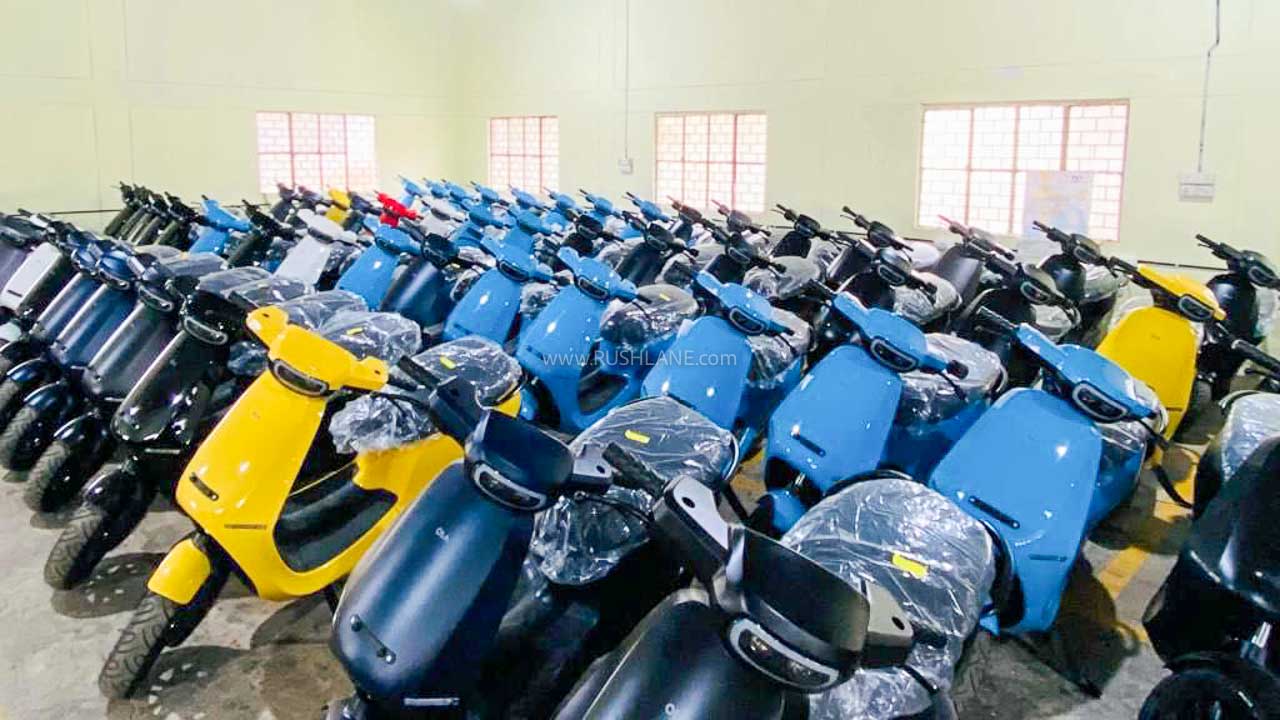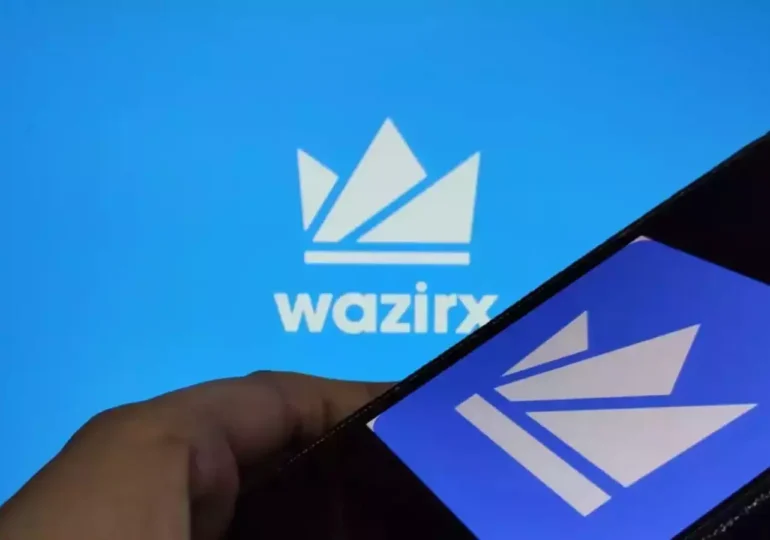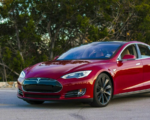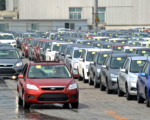Ola Electric’s Market Leadership Declines Amid Intensifying E-Scooter Competition in India

Ola Electric’s Market Share Shrinks Amid Rising Competition and Service Network Issues
Ola Electric, India’s leading electric scooter manufacturer, recorded its lowest monthly sales of the year in September, signaling a sharp decline in its market dominance. According to government data, the SoftBank-backed company sold 23,965 e-scooters in September, marking the second consecutive month of falling sales. This downturn comes just two months after Ola made its stock market debut, raising concerns about the company’s ability to maintain its leadership in India’s rapidly evolving electric scooter market.
Ola’s declining sales figures have been accompanied by a notable drop in market share. In September, its market share fell to 27%, a significant decline from the more than 50% it held back in April. This trend reflects not only Ola’s sales slowdown but also the growing competition from smaller, more agile players in the e-scooter space. New entrants are offering a mix of lower prices, faster deliveries, and more localized service networks, allowing them to chip away at Ola’s dominance.
One of the key challenges Ola Electric has faced is its limited servicing network, which has struggled to keep pace with its rapid expansion. While Ola has quickly scaled its sales operations, customers have increasingly reported issues with post-sale support and maintenance, which are critical in maintaining long-term brand loyalty in the electric vehicle (EV) market. Smaller competitors, many of which focus on regional markets, have built stronger service infrastructures, making them more attractive to customers concerned about long-term reliability.
Ola’s market performance is being further tested by the intensifying competition in India’s e-scooter market. Several startups and established automotive companies have entered the sector, offering competitive models with varied features and price points. The increase in options has given consumers more freedom to choose based on their specific needs, whether it be longer battery life, more affordable pricing, or better after-sales service. As a result, Ola’s early mover advantage is being eroded as these competitors gain traction.
Another factor contributing to Ola’s sales slump is the broader market’s cooling demand for electric scooters in recent months. Although the Indian government has provided strong incentives for EV adoption, the high initial cost of electric scooters continues to be a barrier for many consumers. In addition, supply chain disruptions and rising raw material costs have also impacted the pricing and availability of electric scooters, including Ola’s flagship models. The combination of these factors has led to a slowdown in overall sales growth across the e-scooter sector.
Looking ahead, Ola Electric faces the challenge of regaining its lost momentum while addressing its service network issues and adapting to the increasingly competitive landscape. The company will need to strengthen its customer support infrastructure and potentially explore new pricing strategies to appeal to a broader customer base. As the battle for leadership in India’s e-scooter market intensifies, Ola’s ability to innovate and enhance its operational efficiency will be critical in determining whether it can reclaim its market share.





















